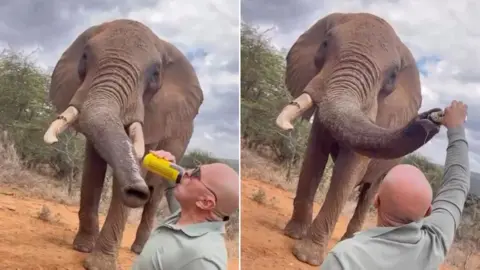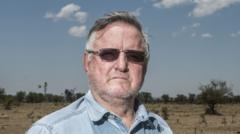In a remarkable turnaround, Oklahoma has emerged as a leading example in the restoration of its waterways. The key to this success story? A simple yet effective solution—keeping cattle out of streams while providing them with clean drinking water.
One local farmer, Grant Victor, faced challenges with his family's land, which stretches back to the 1890s. After noticing the negative impact cattle had on Horse Creek, he decided to take action in 2016 by participating in a conservation program that introduced fencing around the creek. This initiative required a sacrifice of approximately 220 acres of pasture, but the results were worth it.
By establishing a protective riparian buffer, Victor witnessed tangible improvements. Not only did the health of Horse Creek improve dramatically, but vets observed a decline in livestock health issues related to stream access. With the muddy banks restored and wildlife returning, Victor's decision reflects a profound understanding of sustainable farming practices.
This is not an isolated case. According to the Environmental Protection Agency, around 100 streams in Oklahoma have seen restoration thanks to innovative agricultural methods like Victor's. These efforts have shifted many waterways from contaminated status to health, positioning Oklahoma as a leader in environmental conservation.
As part of the ongoing “50 States, 50 Fixes” series, this initiative underscores the importance of local solutions in the battle against pollution and showcases how individual farmers can play a critical role in creating healthier ecosystems. Through commitment and innovation, Oklahomans are proving that substantial changes often start with a single fence.





















